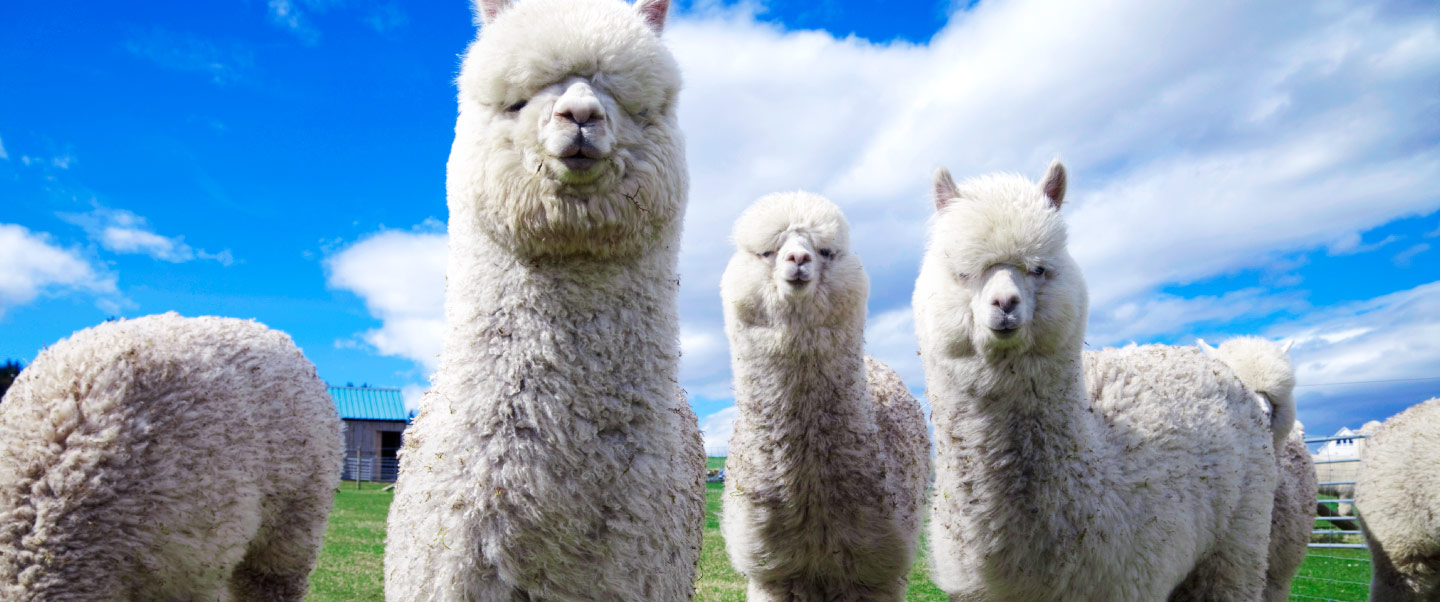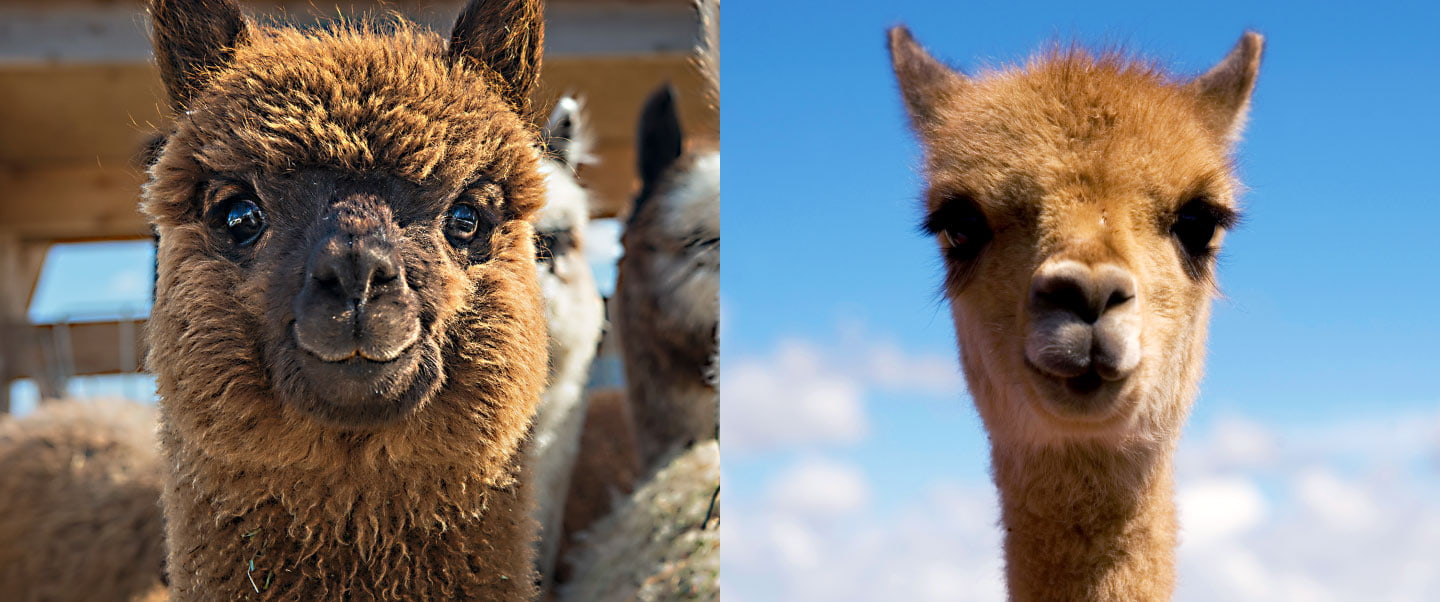Notas
Alpaca Fiber
Thursday, 13 de June de 20242024, the International Year of Camelids: Discover their infinite richness
Peru has the largest alpaca population, more than 5 million, and the largest production of alpaca fiber worldwide.
Were you aware that Peru is the top producer of alpaca and vicuña fiber globally? The Ministry of Agrarian Development and Irrigation (MIDAGRI) declared this in January of this year. This signifies a significant achievement that highlights the importance of breeding Peruvian camelids like the alpaca and the vicuña.
Moreover, the United Nations General Assembly has designated 2024 as the "International Year of Camelids." This significant proclamation seeks to underscore the crucial economic, social, dietary, and cultural significance of these creatures for the communities in which they reside. This designation holds particular relevance for Peru, given its status as the nation with the highest alpaca population and its ongoing efforts to protect these species.
The legend of the alpacas' origin
Legend has it that these creatures emerged from water foam. It is said that Apu Jaucara got furious with his daughter, ñusta Kirma, for wanting to stay with the man who got her pregnant. To calm her father's rage, ñusta came up with a plan: she weaved a huge poncho, utilizing water foam to "make" these alpacas, breathing life into them. This allowed her to use their fiber for the clothing.
However, it was already too late. As a punishment, Apu Jaucara ordered Kirma to look after his brother, Apu Ausangate. When the young suitor found out, he pursued his beloved. But the furious father transformed him into a stone statue, while also turning his daughter into a mountain – Winikunka, which is now famously known as the rainbow mountain.
 Photograph: Getty Images
Photograph: Getty Images
Community development and economic sustainability
The raising of alpacas and vicuñas plays a crucial role in the economic and social development of Andean communities. Beyond their cultural and symbolic value, these species represent a source of income for many families. In addition, tourism related to alpaca and vicuña watching, as well as the purchase of handicrafts and textiles made from their fiber, contributes to the sustainable development of local communities, promoting the conservation of these species and their natural habitats.
Alpaca fiber, the most sought-after fiber
Peru has over 5 million alpacas, known for their exceptionally fine fiber that surpasses many similar textures in quality worldwide. It is perfect for making sweaters, cardigans, skirts, and other clothing items and accessories. This fiber keeps you warm or cool, no matter the weather outside.
According to MIDAGRI, Peru is the world's leading producer of alpaca fiber, with 5,000 tons per year. In 2022, the country obtained more than USD 187 million from the export of fiber, fabrics, garments, and other derived products, with the main destination markets being the United States, Italy, and China.
Vicuña fiber, an Andean treasure
The vicuña represents the fauna on the National Coat of Arms. Peru has the world's largest vicuña population in South America, with approximately 218,000 specimens, according to the National Forestry and Wildlife Service (SERFOR). In the world market, vicuña fiber is one of the most expensive, costing around USD 850 per kilo, due to its very high fineness, softness, and elasticity.
The vicuña is a great example of how a wild species can bounce back. Back in the 1960s, these camelids were almost wiped out, but they were saved thanks to the Pampas Galeras National Reserve in Ayacucho.
Preservation and conservation of the Andean ecosystem
It is crucial to keep alpacas and vicuñas safe along with their natural habitats to maintain a healthy balance in nature and preserve biodiversity. Local communities are key players in protecting these animals by encouraging eco-friendly breeding methods and joining in on conservation efforts.
It is important to highlight the significant role of tourists when they visit places where Andean camelids roam or are raised. They should be respectful towards the herders and approach these animals with care, making sure not to harm their habitat.

.jpg)

